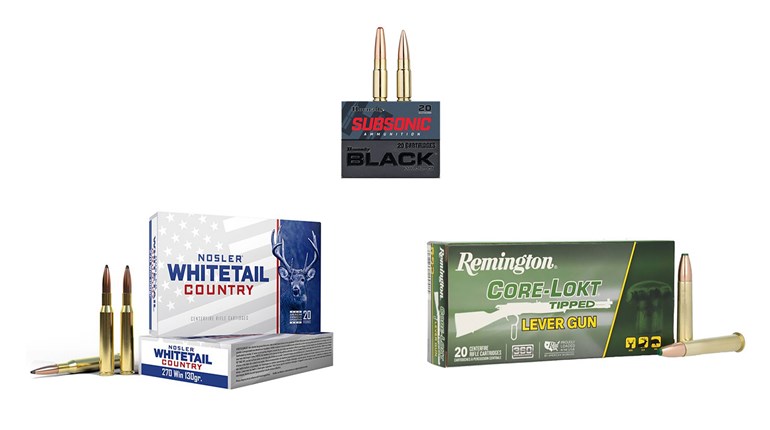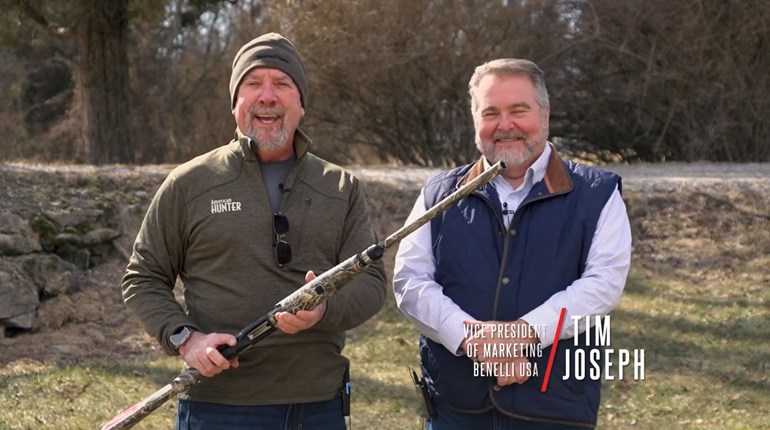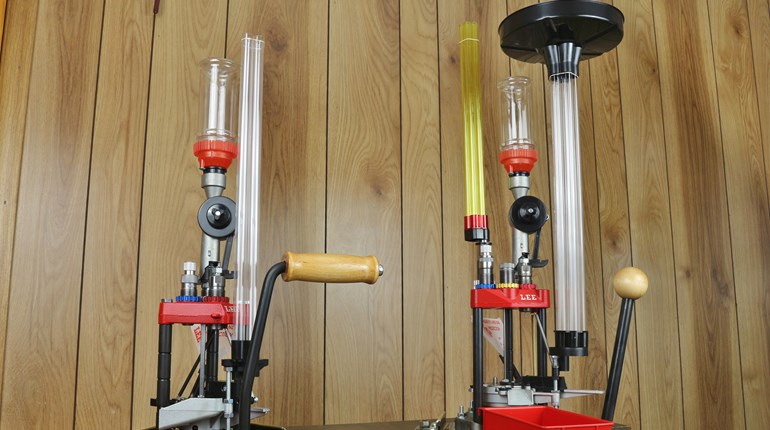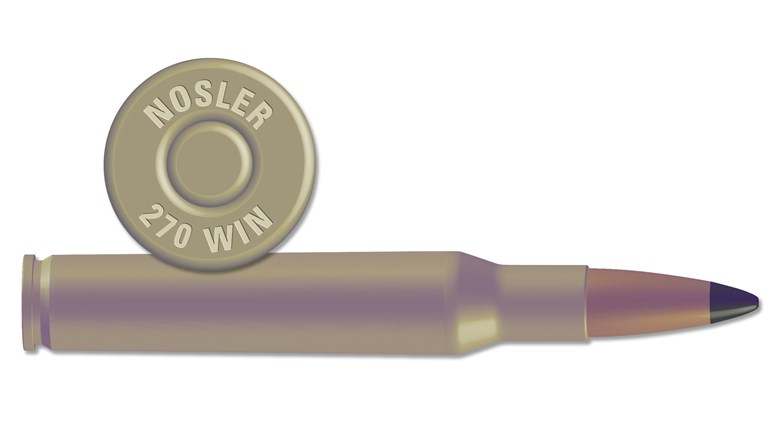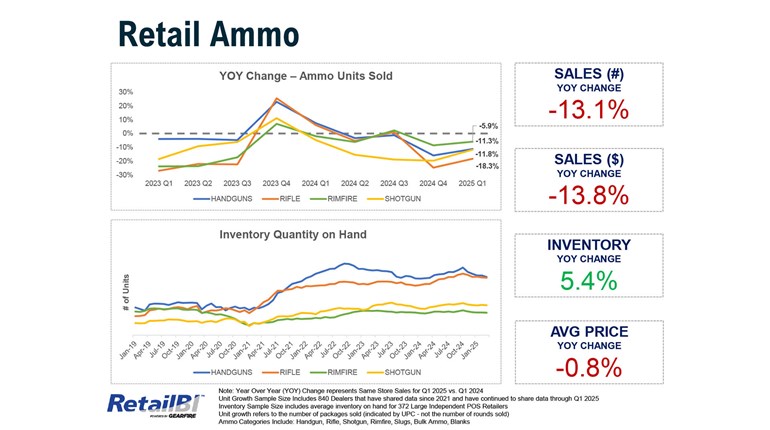
The first sign that a catchphrase has worn out is when TV commercials start satirically mocking it. That happened to “think outside the box” years ago. Once that starts, it’s over. The phrase has run out its useful life cycle and continuing to say it when the boss or coworkers are around becomes embarrassing.
“Think outside the box” probably started in the ’70s when corporate trainers were using the nine-dot puzzle to waste the time of people much smarter than them. (Which, in hindsight, might well be a clue as to why America is losing marketplace dominance. We hire smart, creative people then choke them into compliance with corporate policy.) Back then, “think outside the box” was a clue about how to solve the puzzle, but it grew to have a much different meaning.
“Think outside the box,” as it came to be used, suggested that to stand out from the herd, you must get your brain outside the mental walls most people build for safety. It came to mean that you must move past the barriers that drag down creative thinking. “Think outside the box” came to signify that to develop new and cutting-edge ideas you need to step outside your safe zone and explore uncharted territory. It was a cutting edge idea ... at least the first bazillion times somebody said it. Not it’s just annoying.
However, when it comes to deer hunting in Texas, sometimes it’s smart to go a bit retro and start “thinking outside the box.”
“The box” of course is the box blinds that in Texas deer hunting are as common as an iPhone in a schoolgirl’s hand. Commercial deer hunting throughout much of Texas means sitting in a box blind and waiting for the deer of your dreams to show up.
Hunting from a box blind on good property is never boring. There is usually a parade of wildlife passing by the windows. Depending on the location you will see whitetails, blackbucks, axis deer or other exotics. Also there are quail, doves, hogs, javelinas, raccoons, coyotes and maybe even a bobcat now and then.
But mostly you will see whitetail deer—lots and lots of deer. You may well see more deer in a morning than you will in a week hunting other places. Heck, it’s more than I see in a season in Vermont. On good property in Texas it’s nothing to see a dozen or more bucks in a day. In Vermont we are usually happy to see a legal buck in a hunting season.
I have heard it said that in Texas you are not so much hunting for deer as you are shopping for a buck. Not that there is anything wrong with that.
I love to hunt whitetails and have been lucky enough to have experienced deer hunting in all the good places and far too many of the not so good places. There are times when it is helpful to my mental health to just sit in a box and watch a lot of deer. It makes up for a multitude of cold, wet, miserable days spent seeing nothing in other locations.
Not your cup of tea? So sue me.
Inside the box is also a comfortable way to hunt deer. The box is safe, the box will protect you from rain, wind and cold. If it gets chilly, you can crank up a heater. Usually, you sit in a comfortable chair and hunt like a civilized person, happy and warm. You can pick the low-hanging fruit and fill the freezer. At the end of the day, isn’t that important for any deer hunter? A classic win–win?
I guess my point is, hunting inside the box is an acceptable, effective and ethical way to hunt deer in a lot of locations, but none more than Texas.
■■■
There is also a dark side. When your goal is a trophy buck, the box “moves the goal posts.”
Big bucks didn’t get big by being stupid. As tempting as it may be to grab some vittles from the feeder, a big buck has watched a lot of his buddies throw themselves on their swords by doing that. Sure, a big guy falls in lust with a hot doe at a feeder now and then and will drink the Kool-Aid. His head ends up adorning a wall someplace. But in daylight, most of the older, wiser bucks will scent-check the feeders from a safe distance, and a hunter will never see them.
So there’s that. But more importantly, at least for me, is that you need to feed your soul now and then, too. Personally speaking, I can only take so much inactivity and solitude. I crave some action. I need to step outside the box. The thing is, deer hunting has a lot of moving parts and for me big antlers take a back seat to the quality of the hunt and the level of adventure.
On last year’s Texas hunt with SOE Hunts near Uvalde, the box had been good to me. It would have been even better if I had a wider core competency. Just as dawn was defeating the darkness, an axis buck circled the box, staying back in the brush. I suspected the big hog at the feeder was probably spooking him a bit.
I have shot a lot of whitetails, but just a few axis deer and never a good axis buck. The rules of engagement stated that I could shoot either an axis or a whitetail, and I had plans to try to find a trophy axis. As it turns out, I should have done a bit more homework. I kept watching this one, trying to decide if I should shoot him, but I wasn’t looped in enough to know if this buck was actionable. I had not done my due diligence on judging axis deer. Hope is not a strategy, so I waited.
In my own defense, it was about seven minutes into my three-day hunt. I figured if I could see a big axis buck and a big hog in that short a time frame, then this was going to be a turnkey event. So I watched the buck wander off into the brush without feeling too much anxiety.
But at the end of the day, or three days in this case, I had two vital data entries. One: This was the only axis buck I saw during the hunt. Two: I later learned that he was a hell of a buck, in the top tier of what’s on the ranch.
I guess I just didn’t have enough bandwidth to close the deal. But, there is no point in blamestorming, so let’s move on.
I sat in the box(es) for two days and saw a lot of game. I was giving it 110 percent and finally was rewarded when a nice 10-point whitetail made the mistake of underestimating me. One shot ensured he would have an easy winter resting on my office wall and in my freezer. However, by then I was sick of the box. I needed to feed my soul with some type-A hunting.
The thing is, you can’t just step outside the box on these hunts. That will get you into trouble. There are other hunters to consider, and if you go wandering off, the odds of spoiling their hunts are very high. That will not make you a popular guy in camp. You must be a team player.
Plus, I can tell you from vast experience, to a non-Texan, everything there looks the same and you can wander in the wilderness for days. Well, “the wilderness” is mostly proverbial. You will likely be in a “pasture” with a fence all around it, so you can’t stay lost, at least in theory. But some of those pastures are huge; in fact, huge is too insignificant a word to describe their immensity.
Once you understand you are lost, it seems like a sensible approach to walk in a straight line until you hit a fence and then walk the fence to a gate. Easy, peasy, right? Except in these big pastures you can walk the soles off your boots in the attempt. It’s probably not dangerous, like, say, getting lost in the Yukon, but it’s exhausting and it’s damn embarrassing.
So when I overheard my buddy Jake Edson making plans to “still-hunt” with his guide, Andrew Gray, the next day, I asked if I could join them. My plan was to take photos, watch Jake shoot a buck, and if given a chance I would whack an axis doe for the freezer.
■■■
What I didn’t plan on was a great Texas experience. Hunting outside the box turned out to be interesting, challenging and a lot of fun. Still-hunting in Texas means a combination of things. We spent a lot of time riding in the truck (i.e., Texas portable deer blind) and looking for game to stalk. We also spent a lot of time walking in places that are known to hold game. I like the truck best, but not for the reason you might suspect. I suppose I am getting a bit lazy in my old age (I prefer to use the word “wise”). However, I didn’t gravitate to the truck because it was easy. Quite the contrary, I like to work for my game. The truck, though, gives the hunt an air of camaraderie and sometimes you need that. We can tell jokes, swap stories and do that “male bonding” thing. Breaking that up by stopping often to stalk some critter keeps it from getting stale and allows everybody to recharge their story and joke caches.
Don’t assume this is easy hunting; it is not. The game here is hunted hard. While populations are high, they are wary. Stalking a trophy buck is not an easy thing. Not only must you follow the fundamentals and watch the wind, step quietly, stay in the shadows and move slowly, but there are some unique Texas challenges as well. The prickly pear cactus is not your friend. You may think you got it covered, but there is always one waiting in ambush.
Mostly though, getting outside the box allowed us to engage in what I call type-A hunting: aggressive spot-and-stalk. With all the game in Texas, we were able to participate in multiple, high-intensity stalks, getting in close to the game time and again. Sometimes we didn’t get a shot, other times we walked away to look for a bigger deer, but for an adrenaline junkie that’s as good as it gets.
Along the way I shot a beautiful axis doe. The meat is some of the sweetest venison I have tasted, and I had the spotted hide tanned to display in my office.
Jake was trying to find a good whitetail buck, and he strung it out until the last second of the last minute of the last hour.
When we started the stalk on this buck it was a pretty high-stakes situation, as there would not be another chance. This was the end game. Nobody wanted to be the guy who screwed it up, so the three of us were trying to outdo each other with our ninja-like skills. Those skill levels were unequal, and once or twice it looked like we blew it, so emotions were running high.
Just as it looked like we had tanked the deal, we moved past yet another cedar bush and there he was, stopped for a last look at his tormentors. Jake shot and the deer bolted. No matter how good you think the shot is, it’s never true until you find the deer. This one was piled up 50 yards from us.
We cranked up the ISO on the digital cameras to deal with the dark, shot some photos and called it a good day.
What could have been just another Texas hunt ended up being a great experience simply because on that last day we were innovative enough to get outside the box.




























